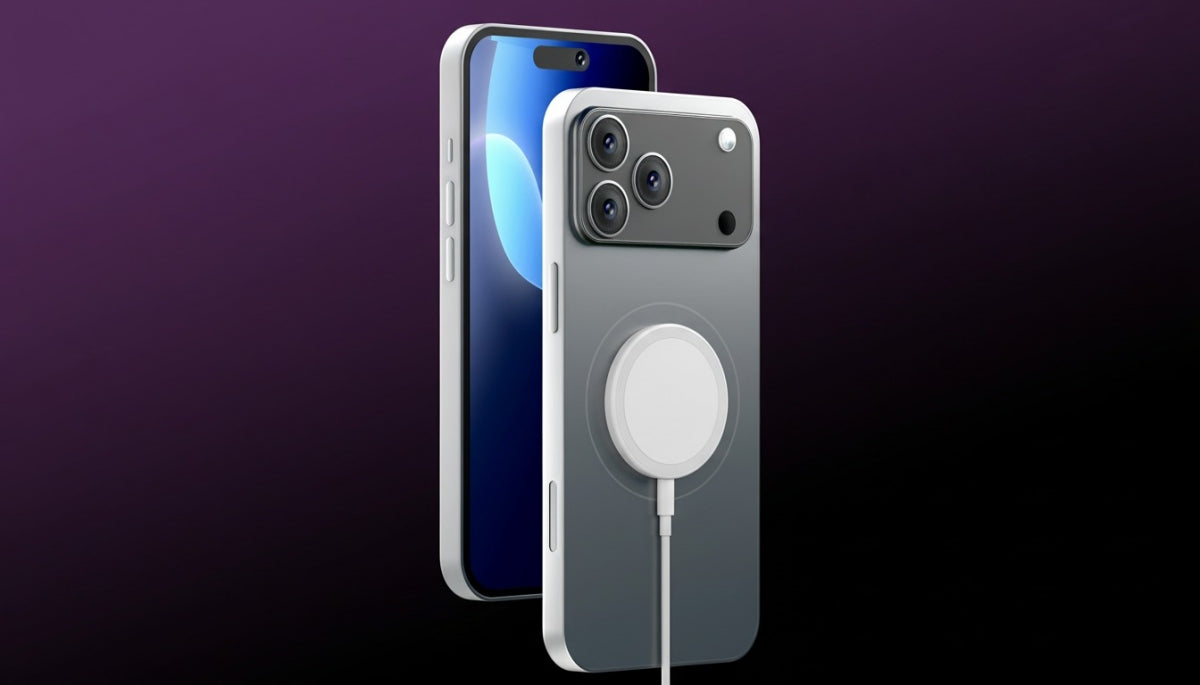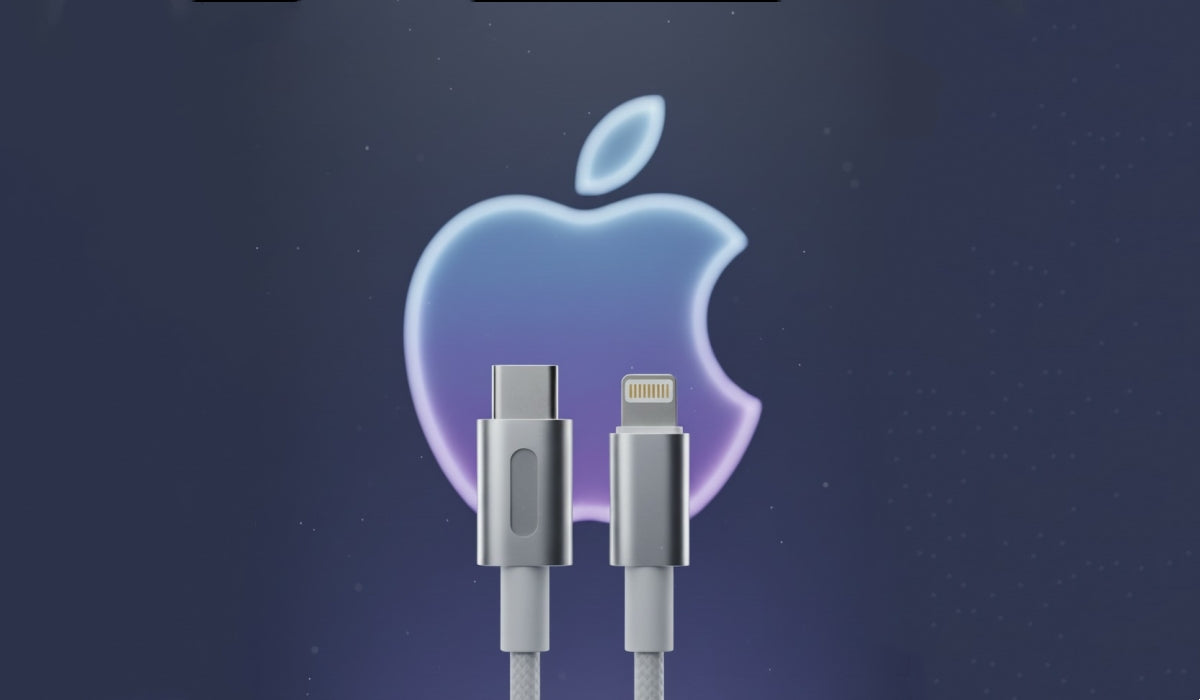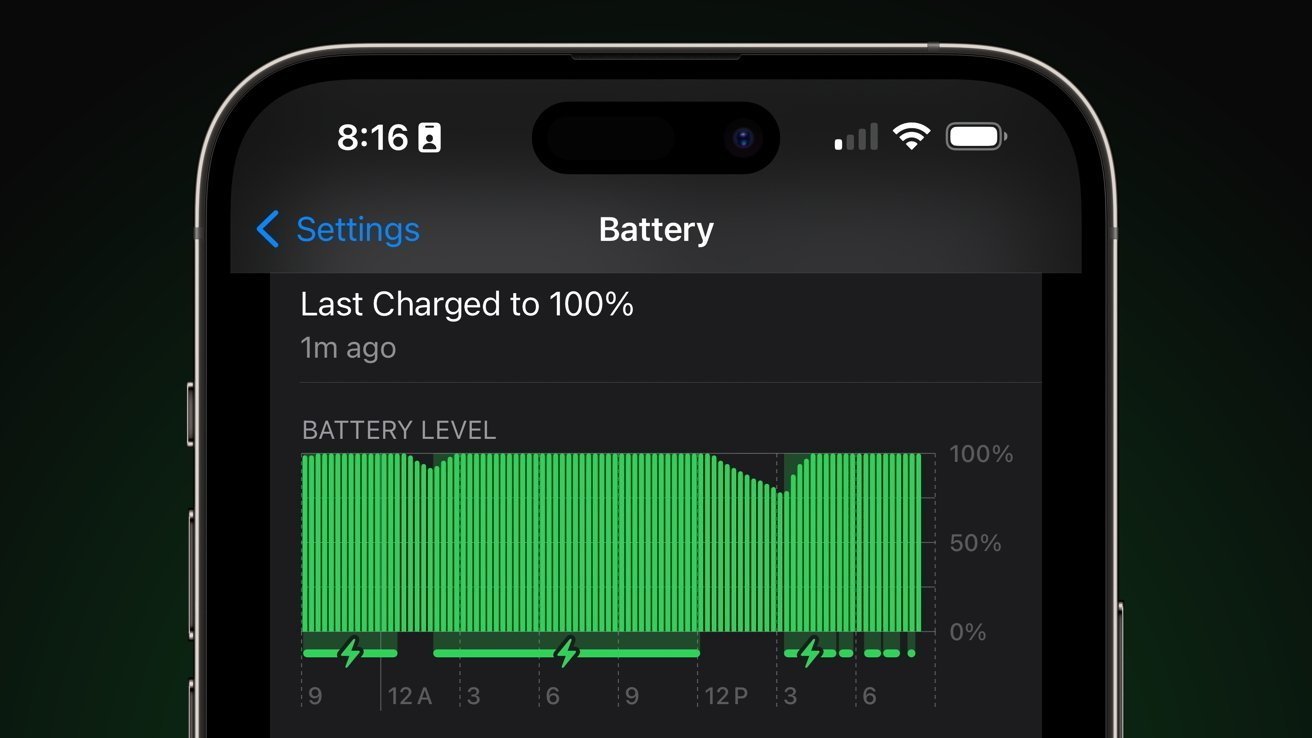Apple has always found ways to redefine how we interact with our iPhones. With the iPhone 17 MagSafe, Apple now supports MagSafe up to 25W (20W on the Air) and Qi2.2 wireless charging across the lineup, making wireless charging faster and more reliable than ever.
This guide answers all of those questions and more. By the end, you’ll know exactly how to get the most out of your iPhone 17/17 Air/17 Pro/17 Pro Max MagSafe, avoid common pitfalls, and decide whether it’s the right charging solution for you.
How Does MagSafe Work on iPhone 17?
The concept of MagSafe is fairly simple but brilliant. The iPhone 17 MagSafe system uses a ring of precisely arranged magnets built into the back of the phone. These magnets automatically align with compatible wireless chargers, ensuring that the charging coil inside your iPhone perfectly matches the coil in the charger.
Here’s why that matters:
- Without alignment, energy can be lost during charging, causing slower performance and more heat.
- With MagSafe, alignment is automatic, efficient, and secure.
On the iPhone 17, Apple has further refined MagSafe technology. The alignment magnets are stronger, the coil is more efficient, and the software has been optimized to recognize MagSafe accessories faster. That means not only quicker charging initiation but also more reliable charging sessions without unexpected drop-offs.
For daily use, it feels natural: you bring your phone close to the charger, the magnets snap into place, and charging begins instantly. No more fiddling around to find the “sweet spot” like with older Qi chargers.
Does iPhone 17 Have MagSafe?
Yes—all iPhone 17 models have MagSafe built in. The iPhone 17, 17 Pro, and 17 Pro Max support up to 25W MagSafe charging, while the iPhone 17 Air is capped at 20W, compatible with the new MagSafe Battery Pack Air edition.
Here’s what’s included:
- Built-in MagSafe ring magnets that work with all certified MagSafe accessories.
- Support for 25W wireless charging through MagSafe with 30W adapter or higher (compared to 7.5W on standard Qi wireless charging).
- Backward compatibility with older MagSafe chargers from iPhone 12 onward.
- Compatibility with Qi2 chargers, which use similar magnetic alignment technology.
Apple also designed a wider ecosystem of accessories for the iPhone 17 MagSafe system—cases, wallets, stands, and even car mounts. That means MagSafe is no longer just about charging—it’s about building a magnetic accessory ecosystem that works seamlessly with your iPhone.
Want to dive deeper into Apple’s wireless charging tech? Check out our full guide on iPhone 17 wireless charging for tips, speeds, and best practices.
How to Charge iPhone 17 with MagSafe
Now that you know MagSafe is built into the iPhone 17, let’s walk through how to charge iPhone 17 with MagSafe properly. While the process seems simple, small details can make a big difference in speed and battery health.
1. Use a Certified Charger
Always choose either Apple’s official MagSafe charger, a Qi2-certified option, or a trusted third-party wireless charging brand like Veger. Veger wireless and portable power banks are designed for efficiency, stability, and battery protection. This makes them an excellent choice for those who want reliable wireless charging without being limited to Apple’s ecosystem. Certified and trusted brands ensure safe charging speeds and protection against overheating or overcurrent.
2. Positioning Matters
Bring the iPhone 17 close to the MagSafe pad, and the magnets will snap it into place. This ensures perfect alignment every time.
3. Watch Out for Cases
MagSafe works with Apple’s MagSafe cases and many thin cases, but bulky or metal-backed cases may interfere with charging efficiency.
4. Check the Wattage
To unlock maximum performance, use an official Apple MagSafe charger or a Qi2.2-certified charger, which can reach up to 25W on compatible models.
5. Confirm Charging
Once placed, your iPhone 17 screen should display the charging animation along with a percentage. If you don’t see this, adjust the alignment or check your charger’s power source.
By following these steps, you ensure not only faster charging but also longer battery health, since MagSafe manages heat and power more intelligently than standard Qi.
Is MagSafe Worth It for iPhone 17?
This is the big question many iPhone owners ask: Is MagSafe really worth it, or is it just another Apple gimmick?
Here’s the truth: MagSafe is worth it for convenience, but not necessarily for speed.
Pros:
- Snap-on alignment removes the guesswork of wireless charging.
- Works with a wide ecosystem of accessories (wallets, stands, car mounts).
- Safer than many third-party Qi chargers thanks to built-in Apple certification.
- Allows up to 20W/25W wireless charging—twice the speed of normal Qi.
Cons:
- Still slower than wired USB-C charging.
- Requires buying additional accessories.
- Heat buildup can sometimes reduce efficiency.
If you prioritize convenience and love the idea of magnetic accessories, MagSafe is definitely worth it. But if charging speed is your top priority, USB-C wired charging will still be faster.
MagSafe vs. Qi2 vs. Wired USB-C Charging for iPhone 17
Apple’s iPhone 17 MagSafe isn’t the only charging option available. You can also charge with Qi2 wireless or wired USB-C. Here’s a quick side-by-side look:
| Charging Method | Power Output | Key Benefits | Best For |
|---|---|---|---|
| MagSafe (iPhone 17 / Pro / Pro Max) | Up to 25W | Magnetic snap-on alignment, integrates with Apple accessories, stable performance | Convenience & ecosystem integration |
| MagSafe (iPhone 17 Air) | Up to 20W | Magnetic alignment, compatible with MagSafe Battery Pack Air | Convenience & light daily use |
| Qi2.2 Wireless | Up to 25W | Works across devices, stable charging, supports next-gen wireless pads | Universal wireless charging |
| USB-C Wired | Up to 35W | Fastest option, reliable for heavy use, nearly double MagSafe speed | Raw charging speed & efficiency |
Compared to the iPhone 16’s 15W limit, iPhone 17 MagSafe and Qi2.2 wireless charging now deliver up to 25W, making wireless charging much more practical for daily use.
How to Fix iPhone 17 MagSafe Charging Issues
Even though MagSafe is advanced, it’s not perfect. Many users report occasional problems. Here are the most common iPhone 17 MagSafe charging issues and how to fix them:
1. iPhone Doesn’t Recognize the MagSafe Charger
This can happen if the charger isn’t aligned or if you’re using a non-certified accessory. Follow the steps below:
- Remove your phone case and try again.
- Make sure the charger is plugged into a high-quality adapter (20W or higher).
- Restart your iPhone and reset charging settings.
2. Charging Is Too Slow
Some users notice their iPhone 17 charges slower than expected. Here's the fix:
- Use Apple’s MagSafe charger or a Qi2-certified alternative.
- Avoid charging in extremely hot environments.
- Disable background-intensive apps while charging.
3. Overheating While Charging
Wireless charging naturally generates heat, but too much can reduce battery efficiency. How to fix:
- Charge in a cool, ventilated area.
- Remove thick cases.
- If overheating persists, switch to USB-C charging.
Each of these fixes requires some trial and error, but in most cases, following the above steps resolves the issue quickly.
FAQs about iPhone 17 MagSafe
Do you need a MagSafe case for iPhone 17?
Not necessarily. MagSafe works without a MagSafe case, but using one improves magnetic grip and alignment.
Is MagSafe bad for iPhone 17 battery?
No. MagSafe is designed to manage charging intelligently, minimizing heat and protecting battery health.
Is MagSafe faster than iPhone 17 USB-C?
No—is MagSafe faster than USB-C iPhone 17? Absolutely not. USB-C remains faster, especially with Apple’s 35W adapter.
How iPhone 17 MagSafe Differs From Earlier Versions
The iPhone 17 has stronger alignment magnets, optimized coils, and faster accessory recognition compared to earlier models like the iPhone 12–16 series.
Will MagSafe slow over time?
Not significantly. While all batteries degrade with age, MagSafe includes smart charging features that reduce long-term wear.
Does iPhone 17 have magnetic charging?
All iPhone 17 models support Apple’s magnetic charging (MagSafe), with optimized alignment magnets, faster coil recognition, and full Qi2.2 support—confirmed by Apple at launch.
Final Verdict
MagSafe is no longer a “nice-to-have”—it’s an essential part of the iPhone 17 experience. It makes wireless charging more reliable, opens the door to an expanding accessory ecosystem, and provides a balance between convenience and efficiency.
That said, MagSafe isn’t perfect. If raw speed is your top priority, USB-C will always outperform it. But for everyday use—charging at your desk, in the car, or overnight—MagSafe delivers the simplicity and reliability Apple is known for.
And if you’re looking for a trusted third-party brand, Veger stands out. Veger has built a reputation for creating high-efficiency wireless chargers and portable power banks that combine speed, safety, and affordability. Unlike many generic brands, Veger designs its chargers with optimized coils for stable magnetic alignment, advanced temperature control, and consistent support for iPhone 17 MagSafe charging speeds. Pairing your iPhone 17/17 Air/17 Pro/17 Pro Max with a Veger wireless charger ensures not just convenience, but also long-term battery protection.




